#artist is nicolaes van veerendael
Text

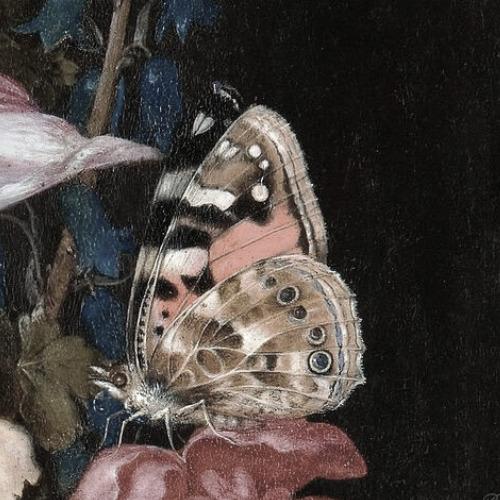


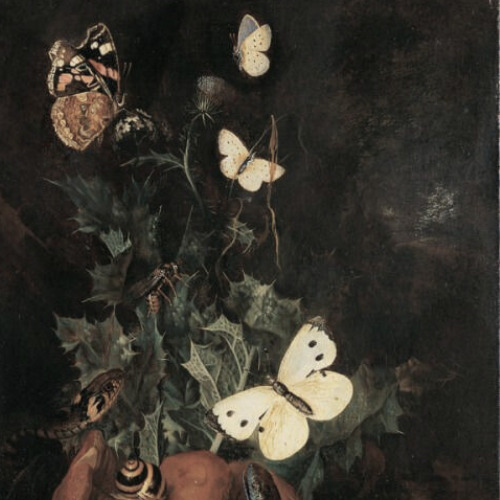
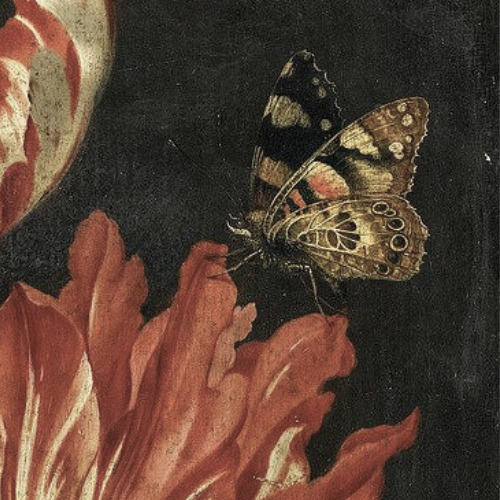
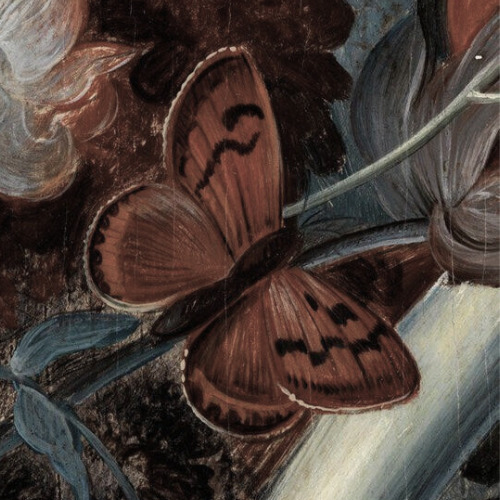

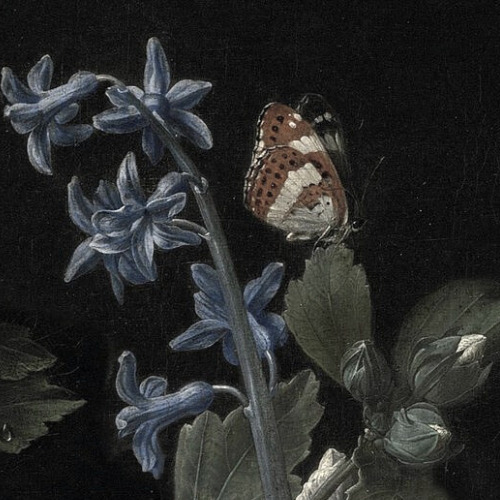
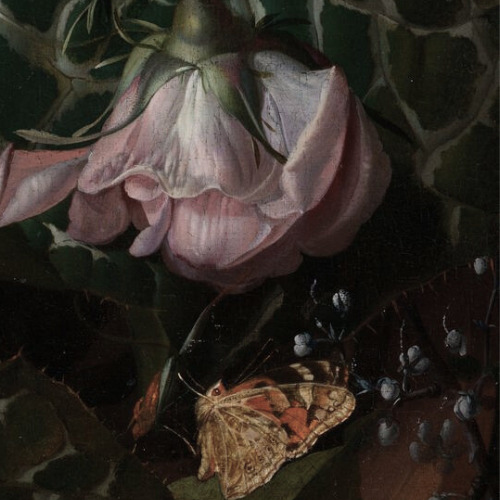
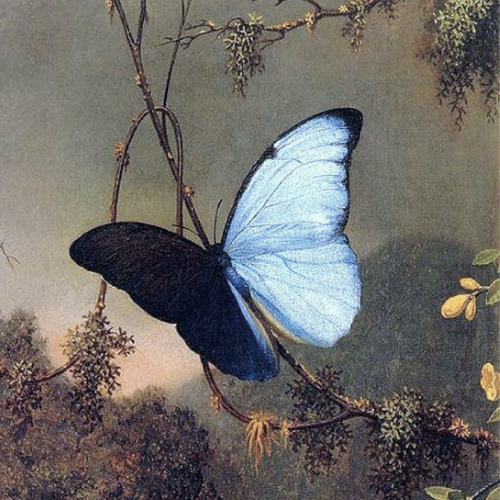

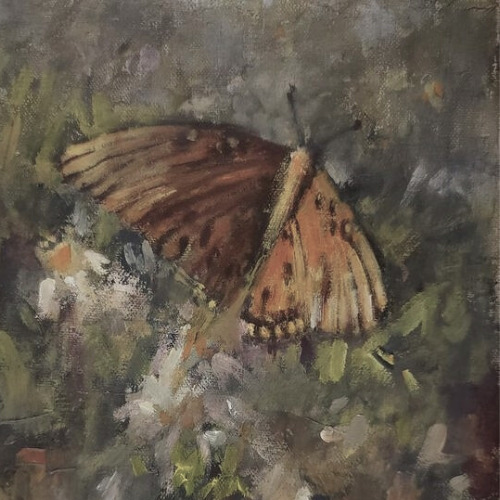

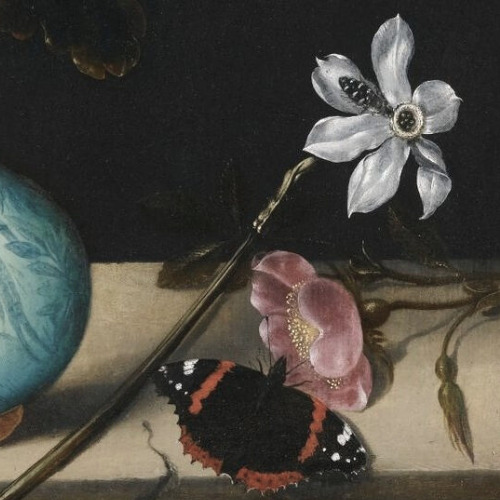

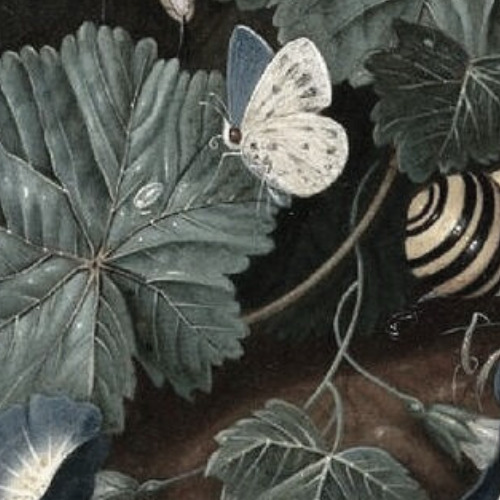
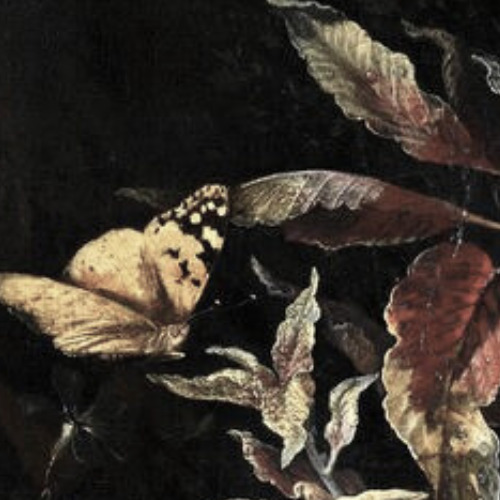
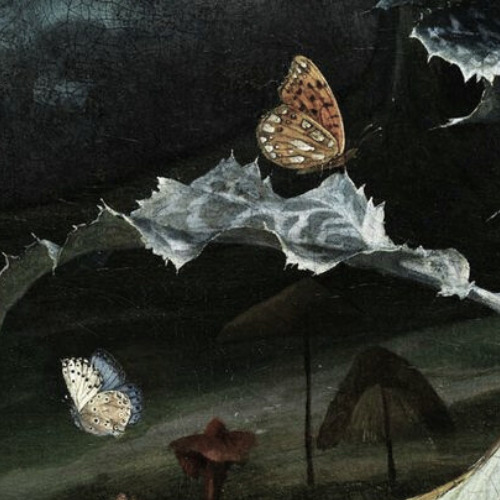

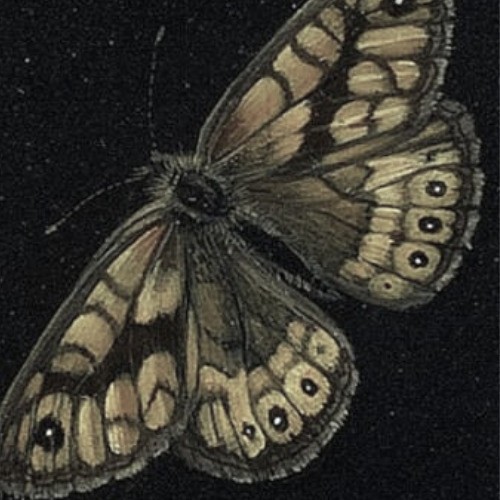
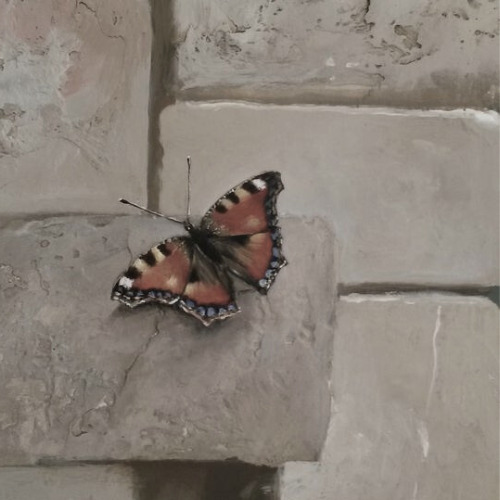
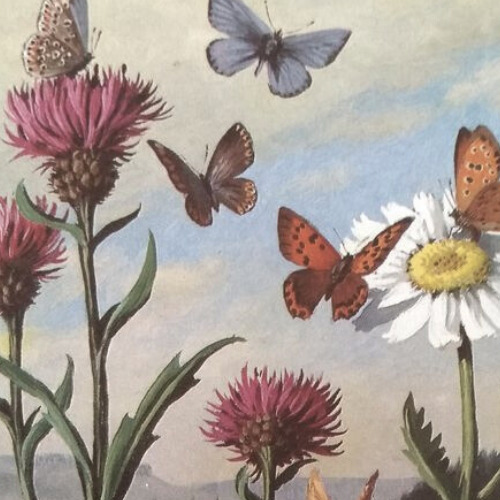
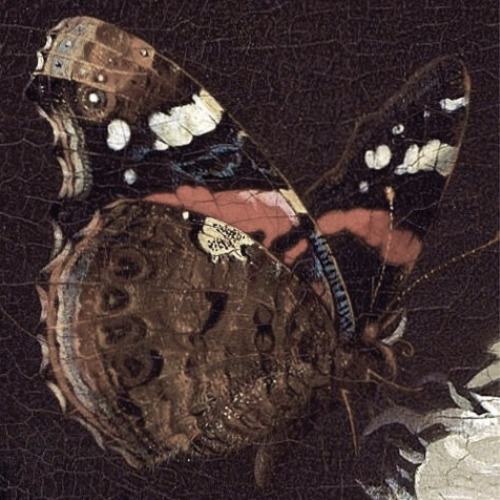
insects in art: butterflies
#artist is harold h. piffard#artist is ambrosius bosschaert the elder#artist is elias van den broeck#artist is melchior d'hondecoeter#artist is carl wilhelm de hamilton#artist is balthasar van der ast#cant find artist#artist is edward george handel lucas#artist is nicolaes van veerendael#-cant find artist#artist is martin johnson heade#---cant find artist#artist is mary hubley#artist is jan van huysum#-artist is ambrosius bosschaert the elder#artist is adrian coorte#-artist is karl wilhelm de hamilton#artist is otto marseus van schrieck#artist is otto marseus van schrieck-#artist is elias van den broeck-#artist is giovanna garzoni#---cant find artist--#artist is john leigh-pemberton#artist is jan davidsz de heem#art#art history#butterflies#artedit#arthistoryedit#*mine*
4K notes
·
View notes
Photo

Nicolaes van Verendael - 'A monkey feast' or 'The King drinks' - 1686
oil on panel, height: 29 cm (11.4 in); width: 37.5 cm (14.7 in)
Gemäldegalerie Alte Meister, Dresden, Germany
Nicolaes van Verendael or Nicolaes van Veerendael (1640 in Antwerp – 1691 in Antwerp) was a Flemish painter active in Antwerp who is mainly known for his flower paintings and vanitas still lifes. He was a frequent collaborator of other Antwerp artists to whose compositions he added the still life elements. He also painted a number of singeries, i.e, scenes with monkeys dressed and acting as humans.
Nicolaes van Verendael contributed to the spread of the genre of the 'monkey scene', also called 'singerie' (a word, which in French means a 'comical grimace, behaviour or trick'). Comical scenes with monkeys appearing in human attire and a human environment are a pictorial genre that was initiated in Flemish painting in the 16th century and was subsequently further developed in the 17th century. The Flemish engraver Pieter van der Borcht introduced the singerie as an independent theme around 1575 in a series of prints, which are strongly embedded in the artistic tradition of Pieter Bruegel the Elder. These prints were widely disseminated and the theme was then picked up by other Flemish artists in particular by those in Antwerp such as Frans Francken the Younger, Jan Brueghel the Elder and the Younger, Sebastiaen Vrancx and Jan van Kessel the Elder. David Teniers the Younger became the principal practitioner of the genre and developed it further with his younger brother Abraham Teniers.
Later in the 17th century Nicolaes van Verendael started to paint these ‘monkey scenes’ as well. As he had collaborated with David Teniers the Younger in Antwerp, he was familiar with Teniers' work in this genre. An example is the Monkey feast which reprises the theme of 'The King drinks' with the human roles played by monkeys. Another example is the Merry Company or Singerie (Royal Museums of Fine Arts of Belgium, which depicts monkeys reveling in an inn. A considerable number of paintings and additional drawings of singeries by Veerendael has been identified on the art market and in private collections.
42 notes
·
View notes
Photo

Roses, carnations, a parrot tulip, morning glory and two red admirals in a nautilus cup, with roses, morning glory and other flowers, an orange, oysters, plums, blackberries and a roemer with a portrait of the artist on a partially draped stone ledge, Nicolaes van Veerendael
218 notes
·
View notes
Photo

Nicolaes van verendael - Flowers in a glass vase in a niche -
oil on canvas, 16 x 12 3⁄4 in. (40.8 x 32.7 cm.)
Nicolaes van Verendael or Nicolaes van Veerendael (1640 in Antwerp – 1691 in Antwerp) was a Flemish painter active in Antwerp who is mainly known for his flower paintings and vanitas still lifes. He was a frequent collaborator of other Antwerp artists to whose compositions he added the still life elements. He also painted a number of singeries, i.e, scenes with monkeys dressed and acting as humans.
37 notes
·
View notes
Photo

Nicolaes van Verendael - Still life with a tulip, a rose, a carnation and other flowers in a glass vase, on a stone ledge -
oil on oak wood, height: 32 cm (12.5 in); width: 23.9 cm (9.4 in)
Nicolaes van Verendael or Nicolaes van Veerendael (1640 in Antwerp – 1691 in Antwerp) was a Flemish painter active in Antwerp who is mainly known for his flower paintings and vanitas still lifes. He was a frequent collaborator of other Antwerp artists to whose compositions he added the still life elements. He also painted a number of singeries, i.e, scenes with monkeys dressed and acting as humans.
51 notes
·
View notes
Photo
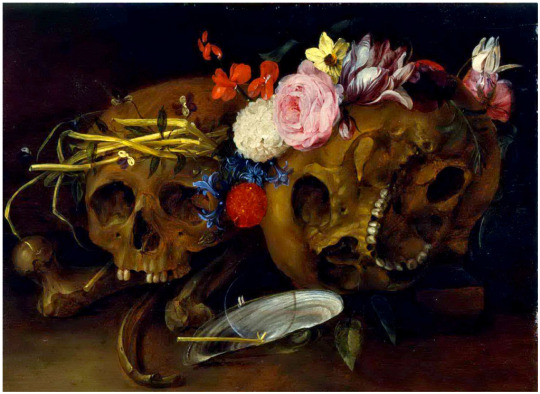
Nicolaes van Verendael - Vanitas wit skulls -
Nicolaes van Verendael or Nicolaes van Veerendael (1640 in Antwerp – 1691 in Antwerp) was a Flemish painter active in Antwerp who is mainly known for his flower paintings and vanitas still lifes. He was a frequent collaborator of other Antwerp artists to whose compositions he added the still life elements. He also painted a number of singeries, i.e, scenes with monkeys dressed and acting as humans.
Veerendael painted a number of still lifes with a vanitas motif. Vanitas still lifes were very popular in the 17th century in Flanders and the Dutch Republic. The objects in these still lifes evoke the transient nature of earthly goods and pursuits, the role of chance in life and its apparent meaninglessness. Stock symbols expressing these ideas include skulls, extinguished candles, empty glasses, wilting flowers, dead animals, smoking utensils, watches, mirrors, books, dice, playing cards, hourglasses and musical instruments, musical scores, various expensive or exclusive objects such as jewellery and rare shells. The term vanitas is derived from the famous line Vanitas, Vanitas. Et omnia Vanitas in the Vulgate translation of the book of Ecclesiastes in the Bible. In the King James Version this line is translated as "Vanity of vanities, all is vanity".
These vanitas paintings were informed by a Christian understanding of the world as a temporary place of ephemeral pleasures and torments from which humanity’s only hope of escape had been offered by the sacrifice and resurrection of Christ. While most of these symbols reference earthly accomplishments (books, scientific instruments, etc.), pleasures (a pipe), sorrows (symbolised by a peeled lemon), the transience of life and death (skulls, soap bubbles, empty shells) and the role of chance in life (dice and playing cards), some symbols used in these paintings carry a dual meaning: a rose or an oar of grain refers as much to the brevity of life as it is a symbol of the resurrection of Christ and thus eternal life.
An example of a vanitas still life by Veerendael is the Vanitas with skulls (Musée des Beaux-Arts de Caen). The painting shows similarities with another vanitas work called Vanitas still life with a bunch of flowers, a candle, smoking implements and a skull in the Galleria Franchetti at the Ca' d'Oro, Venice dated 1679. The vanitas elements in the latter work have been attributed to the Antwerp painter Hendrick Andriessen. Both paintings contain the token vanitas symbols such as the candle stick, pipe and pipe cleaner, wilted flowers, crumpled up books. The skull too may be one and the same. In the Venice painting vanitas symbols such as the drop of water and the soap bubble are included.
24 notes
·
View notes